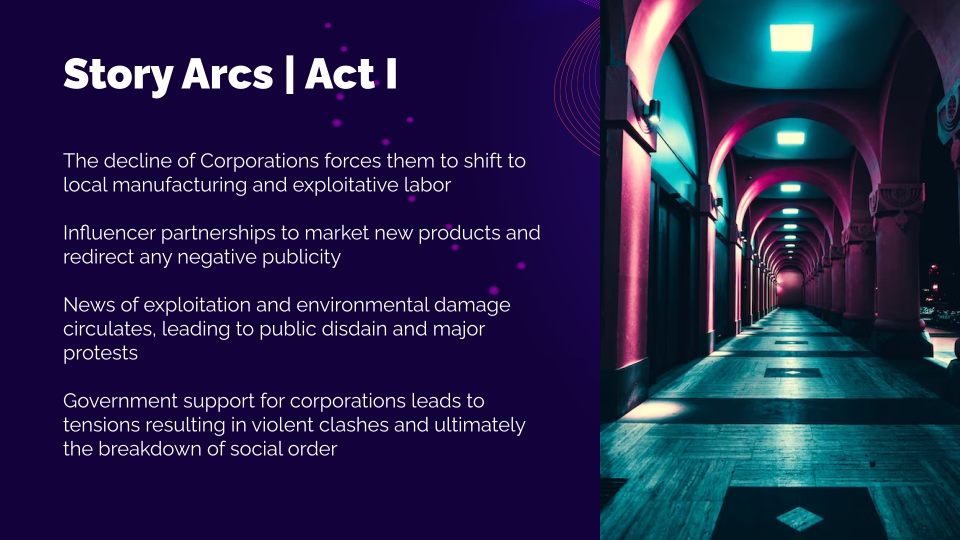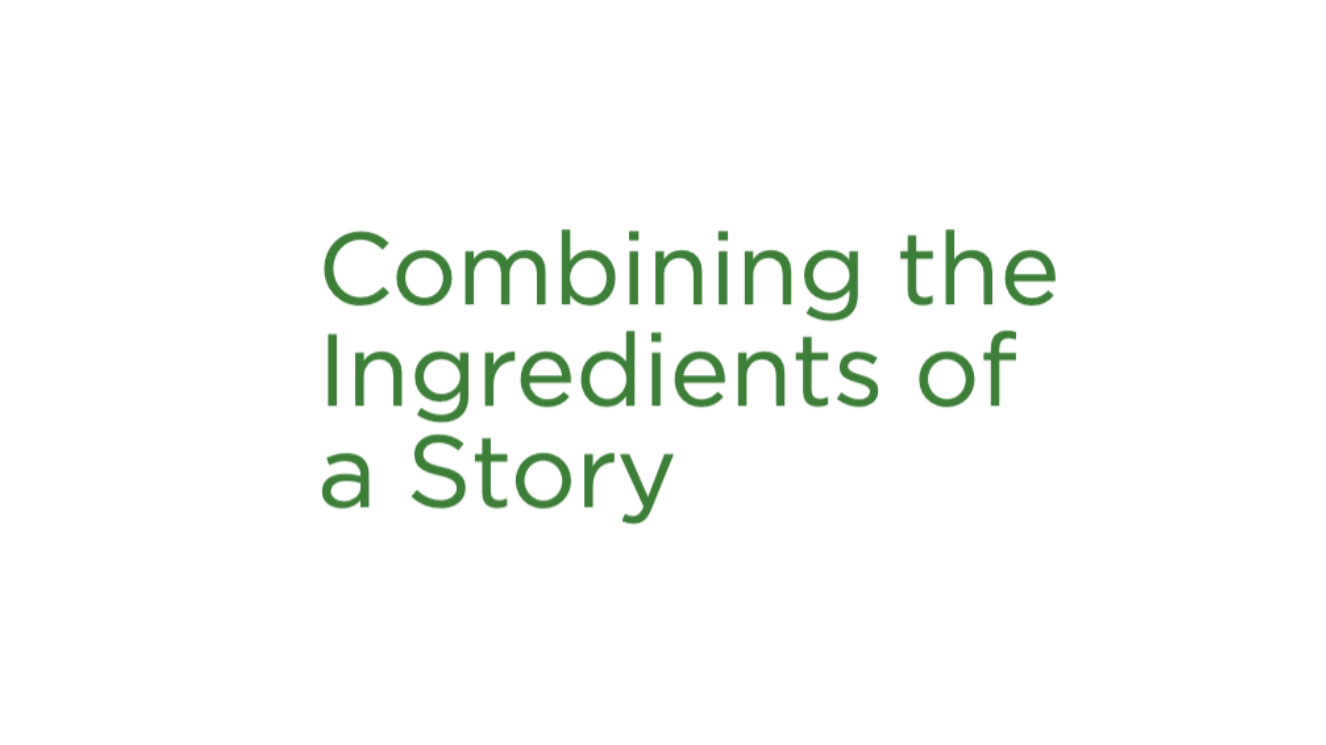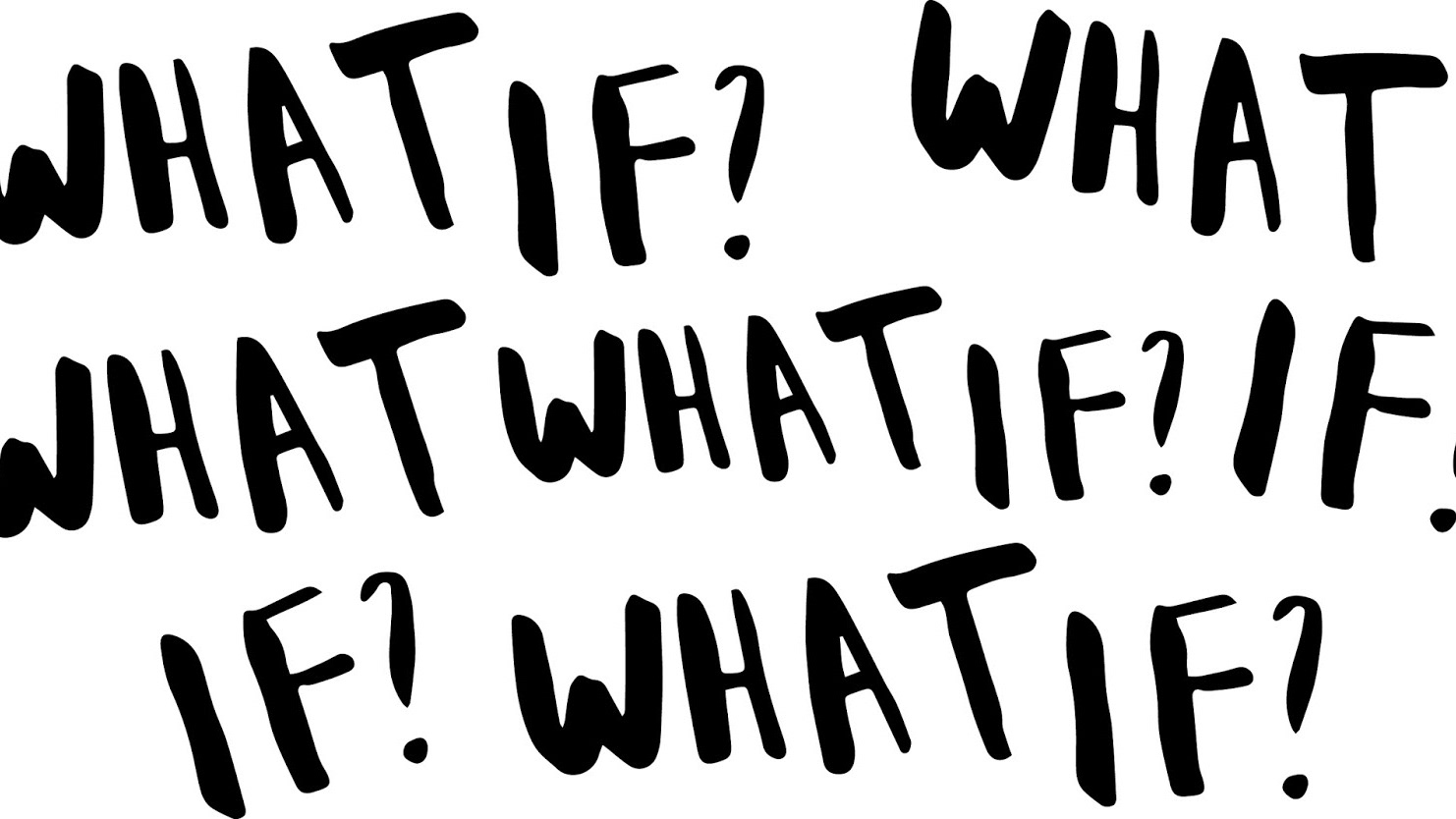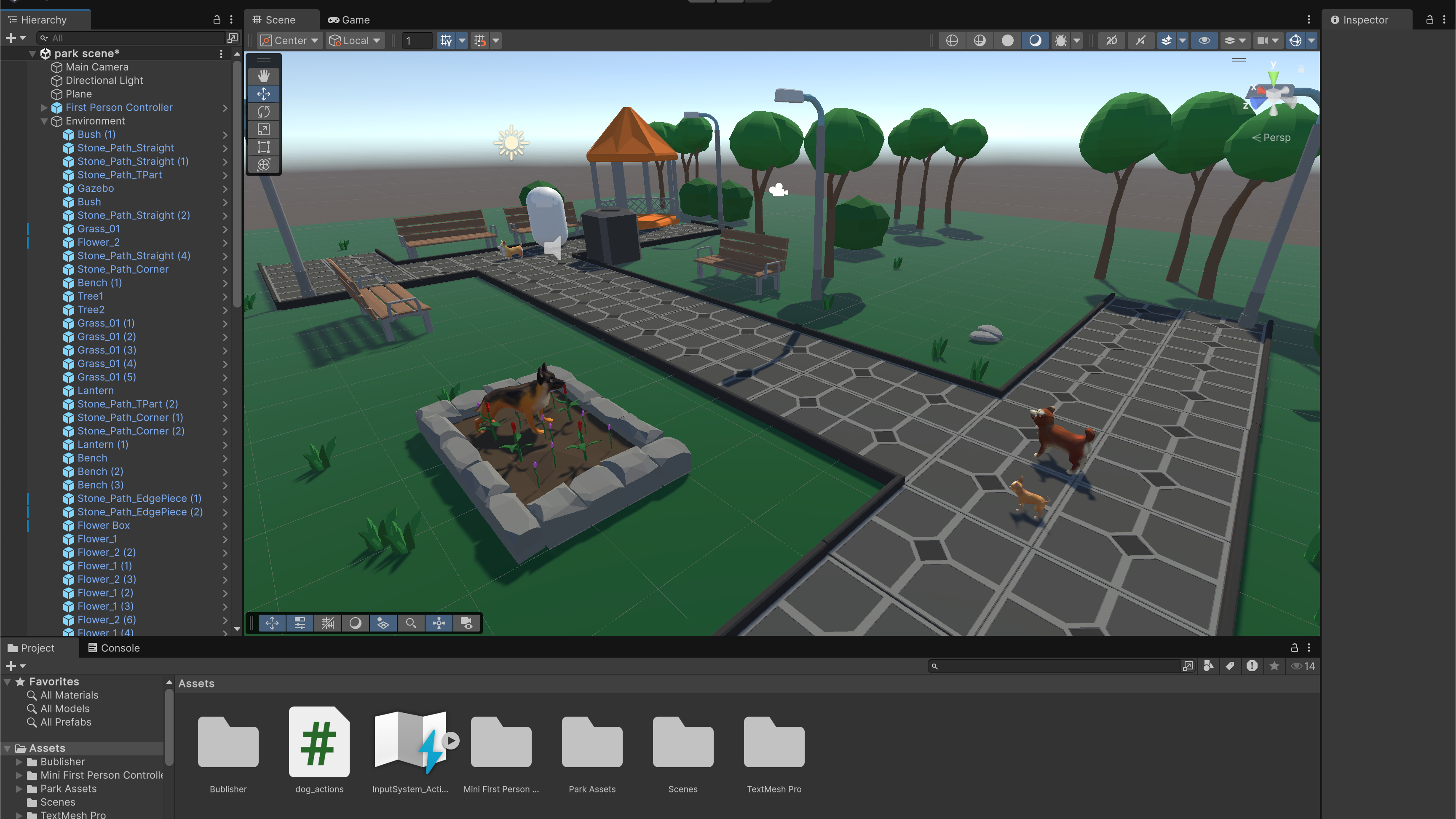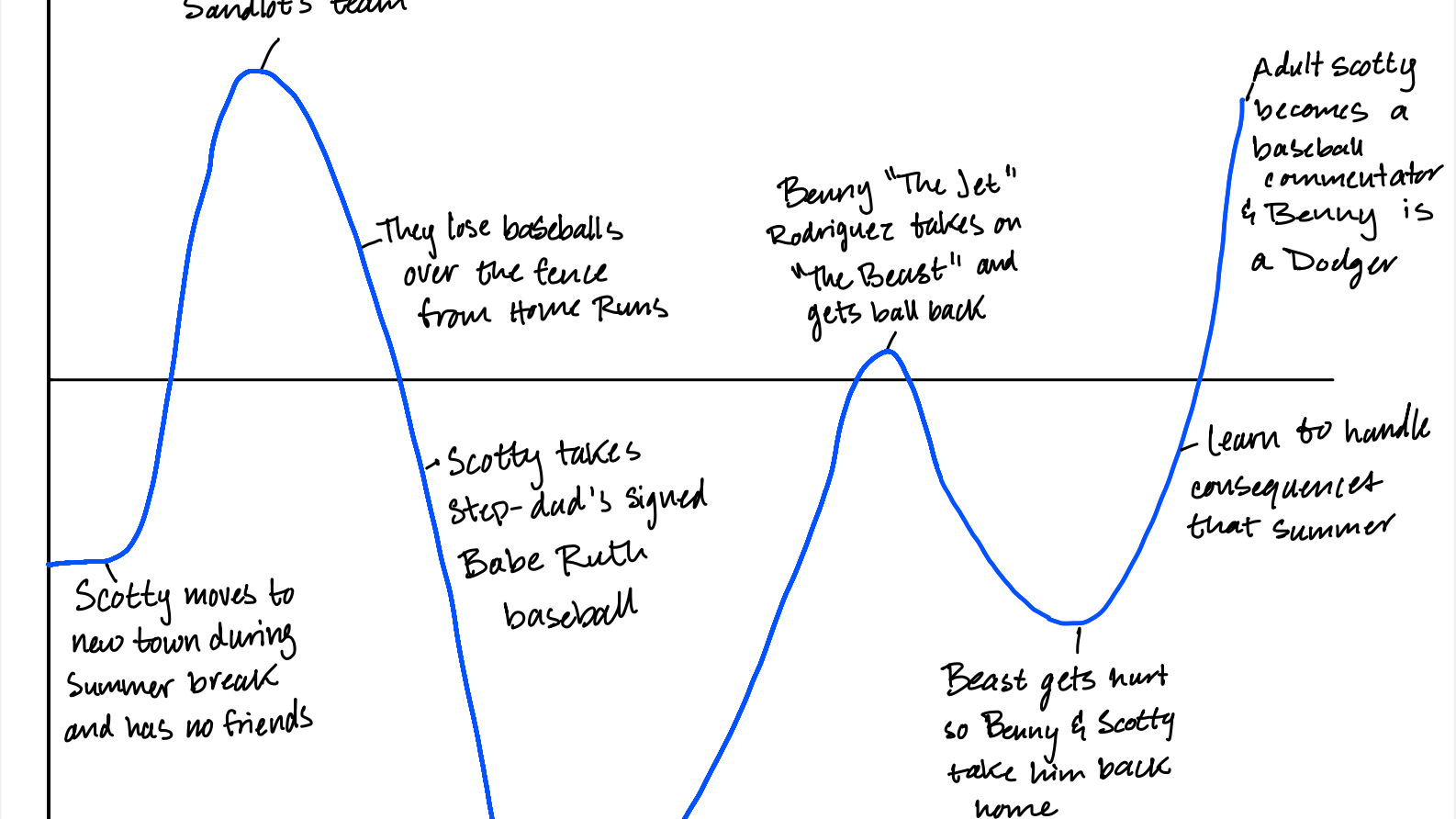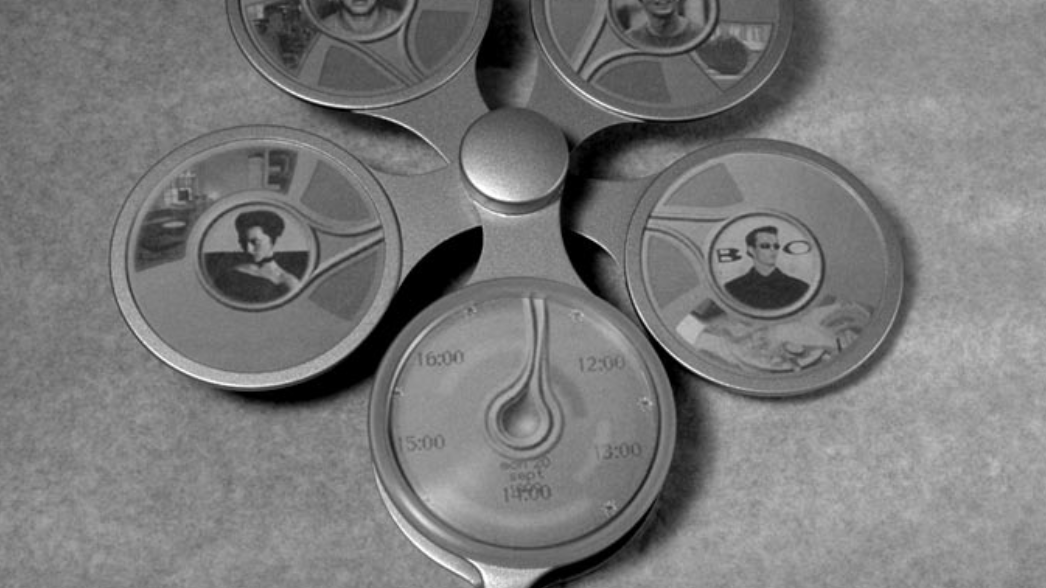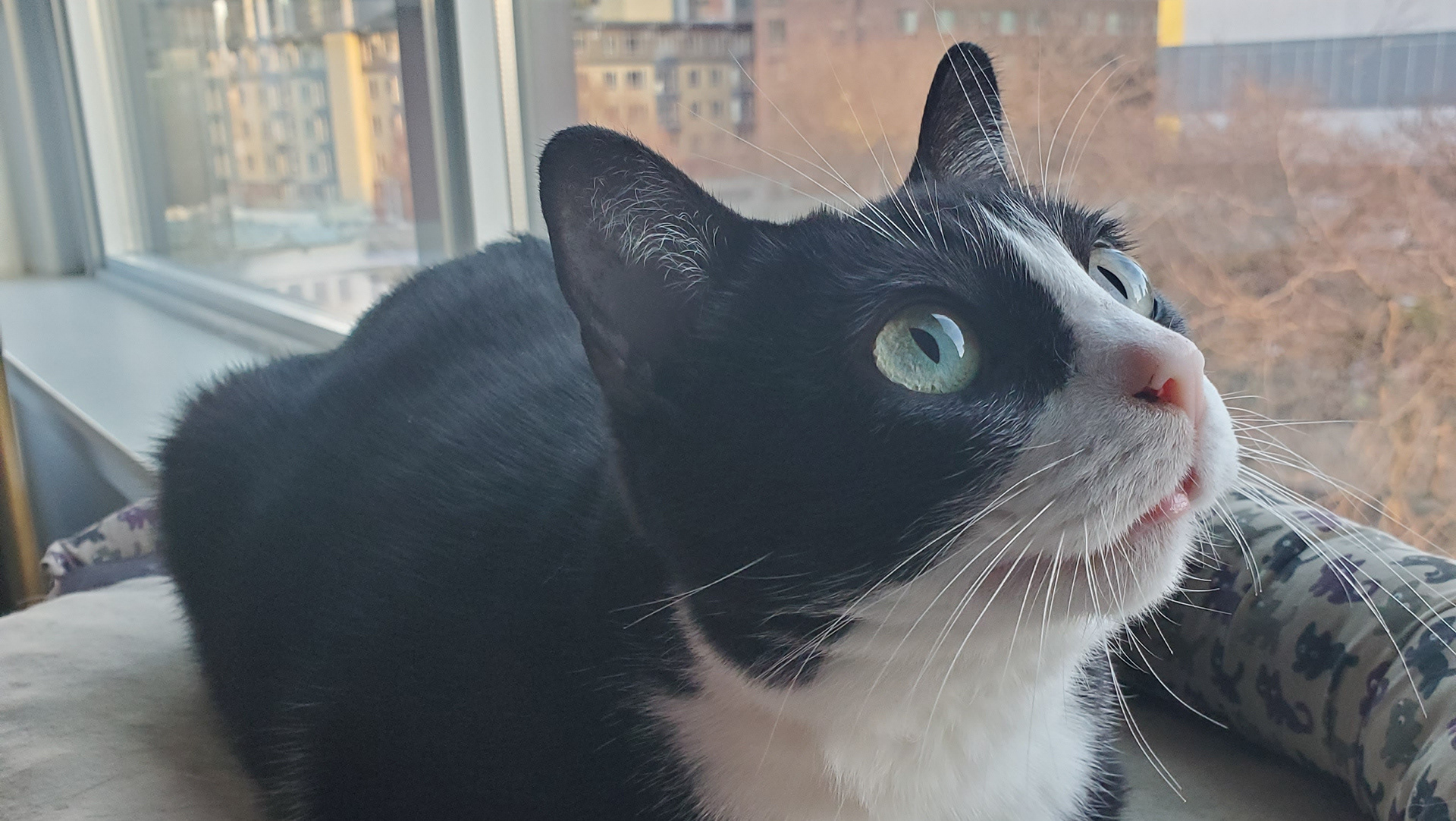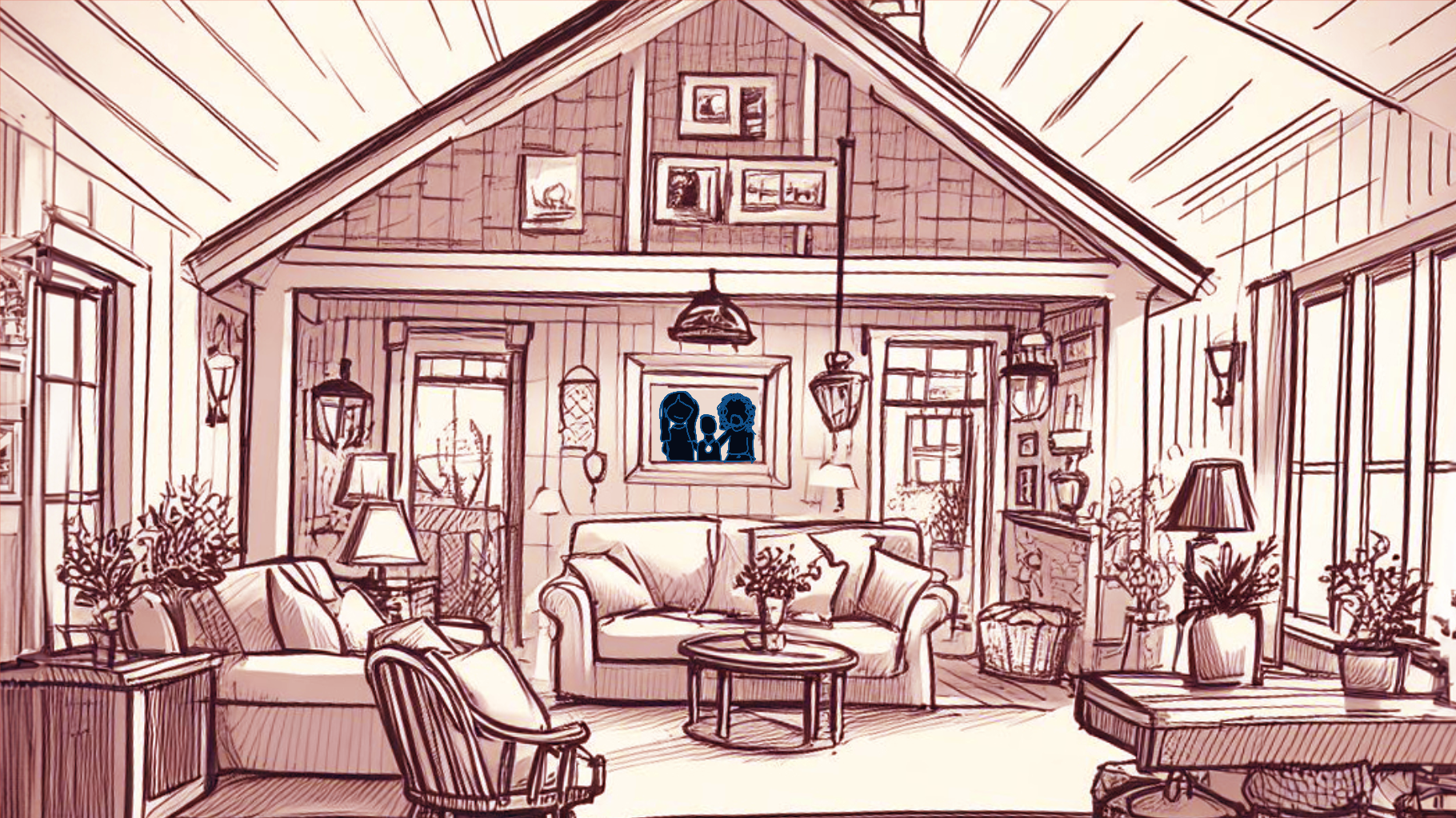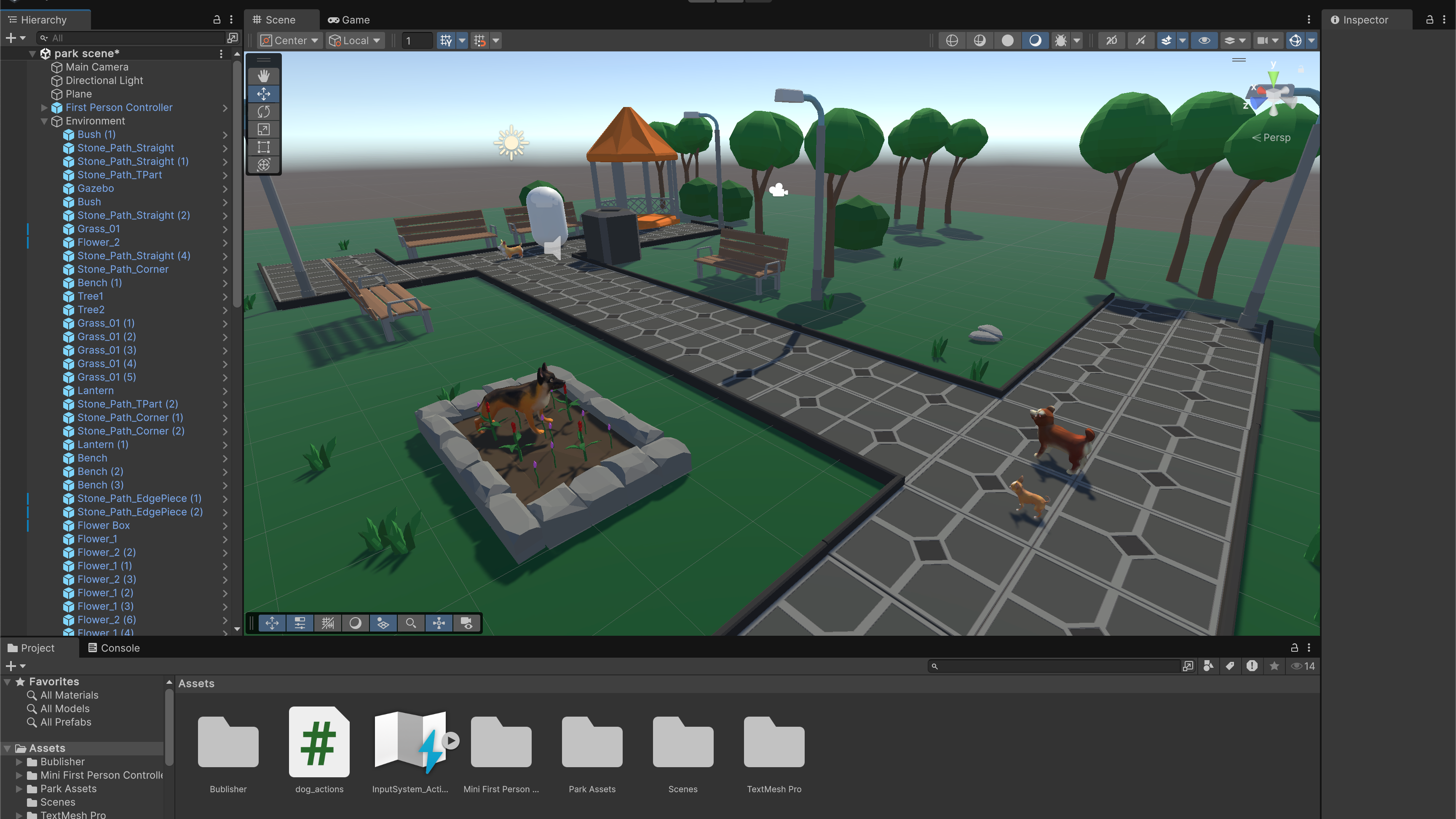My Main Takeaway
The main takeaway from Book One: Mapping The Journey that I got from the chapter “A Practical Guide” is that storytelling in the form of the Hero’s Journey is a structure that is universally shared across people. More specifically, the Hero’s Journey structure can be molded and told in many different ways that can adhere to one’s culture or system of beliefs because of the shared psyche we have as humans.
“Stories built on the model of the Hero’s Journey have an appeal that can be felt by everyone, because they well up from a universal source in the shared unconscious and reflect universal concerns.”
I think that this part of the reading was particularly interesting to think about because there are some universal experiences that we as humans do go through regardless of who we are or what we believe in. I’ve always thought that there is something fundamentally that we share together to some extent such as the emotions we go through such as experiencing grief. Things emotions we experience despite having different reasons for them can be what bring people together because we can relate and empathize with one another. So, no matter what culture or system of beliefs you have, we all share common pains, struggles, and happiness and it is just different in how they are experienced.
“Countless Westerns take the hero to a saloon where his manhood and determination are tested, and where friends and villains are introduced.”
As cheesy as Westerns can be, I can actually say that stories do tend to follow this kind of method of introducing information and showing audiences the characters we will encounter along the way. This is the part where the hero gets all the necessary details and rules to set off on their quest. It helps the audience to understand what to expect as they go on the journey with this character, which sort of adds a layer of interaction to the viewer if they choose to see themselves as part of the story. As the character undergoes the tests set forth, audiences also get a glimpse as to how the character handles difficult situations that could also be telling of what this character is willing to go through given their determination. This also sets up possibilities or allusions to what could potentially happen further on as a result of the character’s encounters in the “saloon.”
“Death and darkness get one last, desperate shot before being finally defeated. It’s a kind of final exam for the hero, who must be tested once more to see if has really learned the lessons of the Ordeal.”
My immediate thought process in reading this part was “This is the final boss battle.” That desperate shot is meant to reveal whether or not you have truly evolved into someone completely different from when you started this journey. It is a shedding of the old skin. If the character or the hero has not learned anything from this journey then what was the point of going through the trials and tribulations? Unless the character is meant to be that dense, there has to be something different that has changed even in the slightest bit. That’s just who we are as humans when we go through life and when the supposed hero of the story does not develop then audiences are left disappointed and let down. I think that this is also something to note - despite the lack of change, the audience will at least understand and possibly be the ones who actually go through the transformation in the end.

